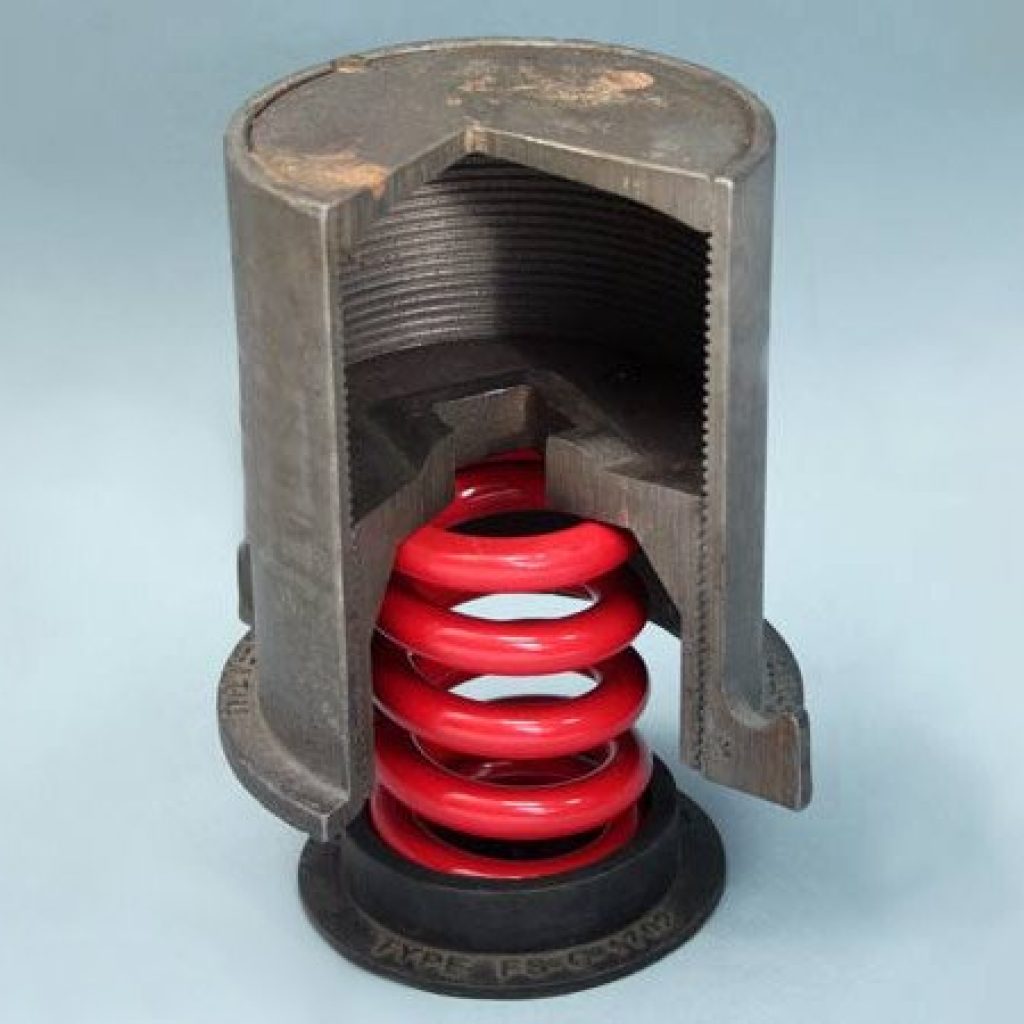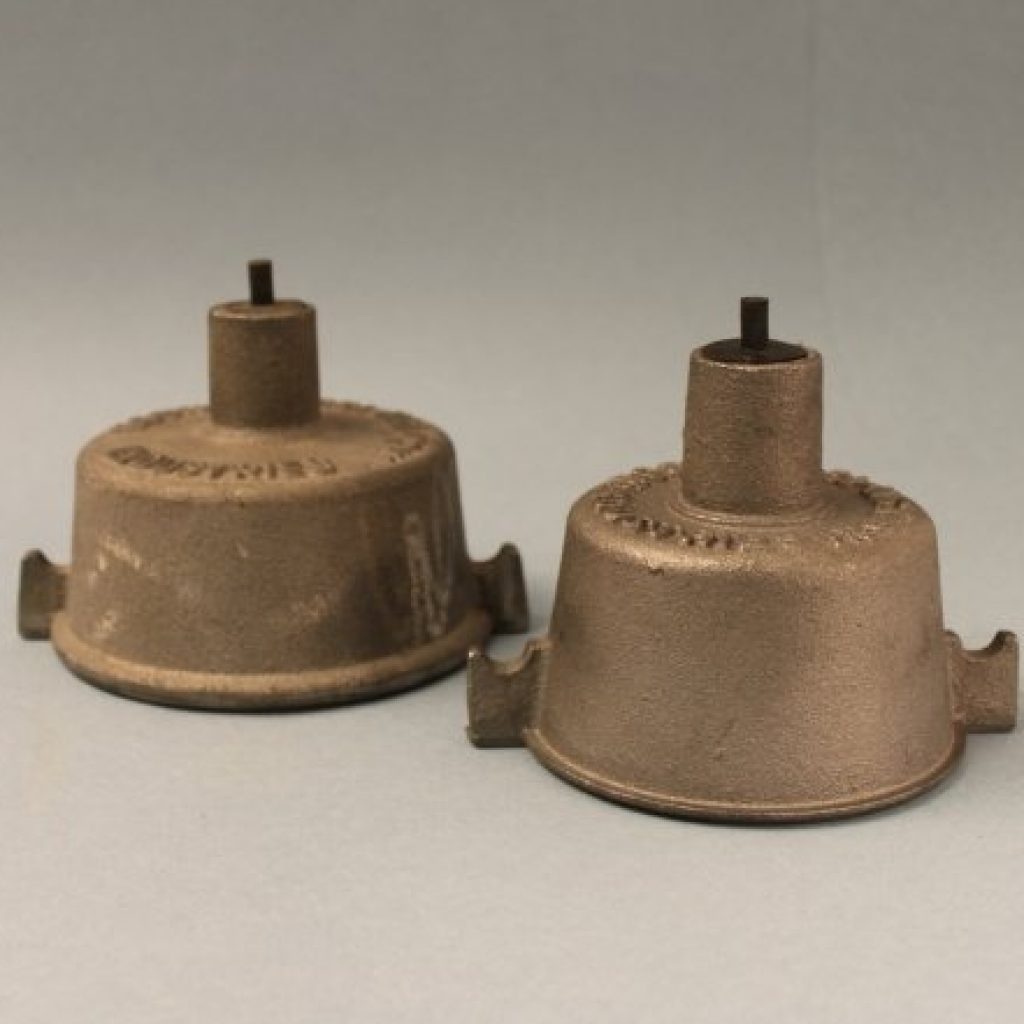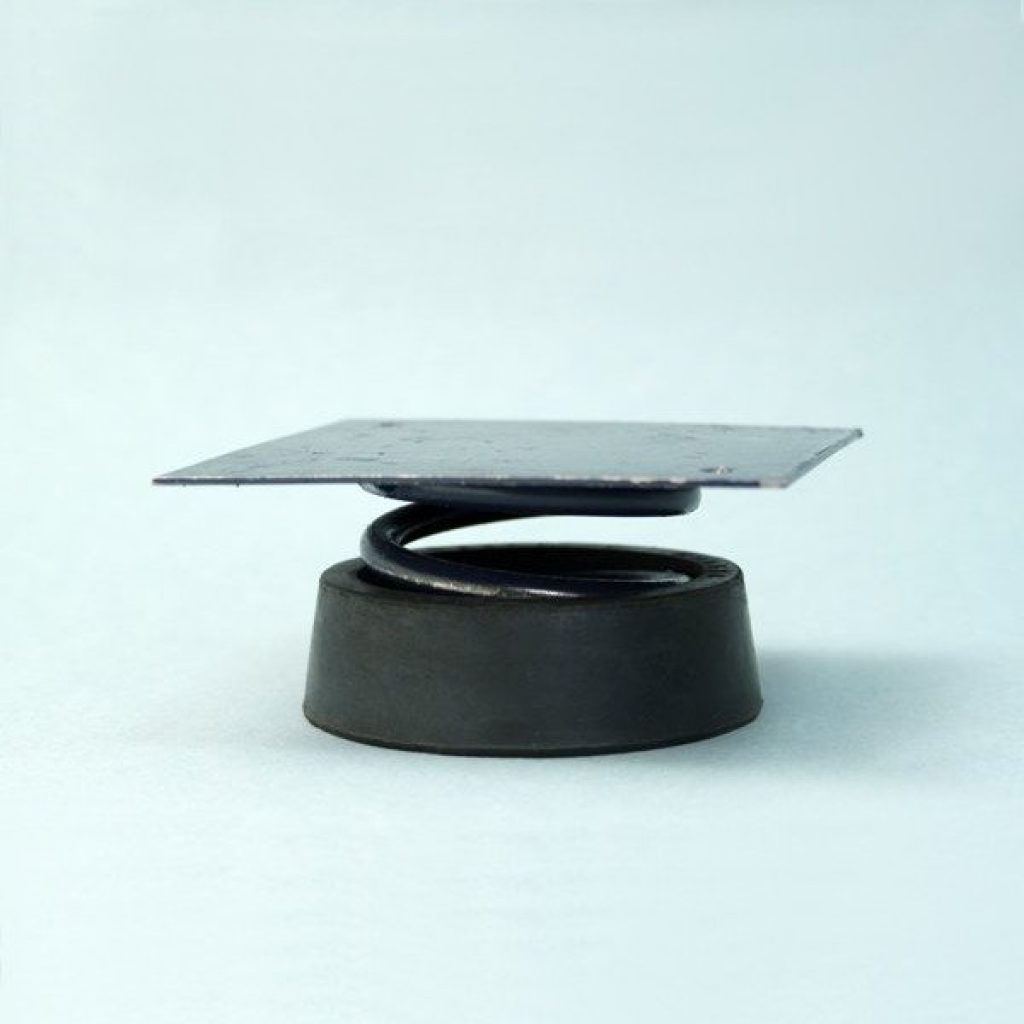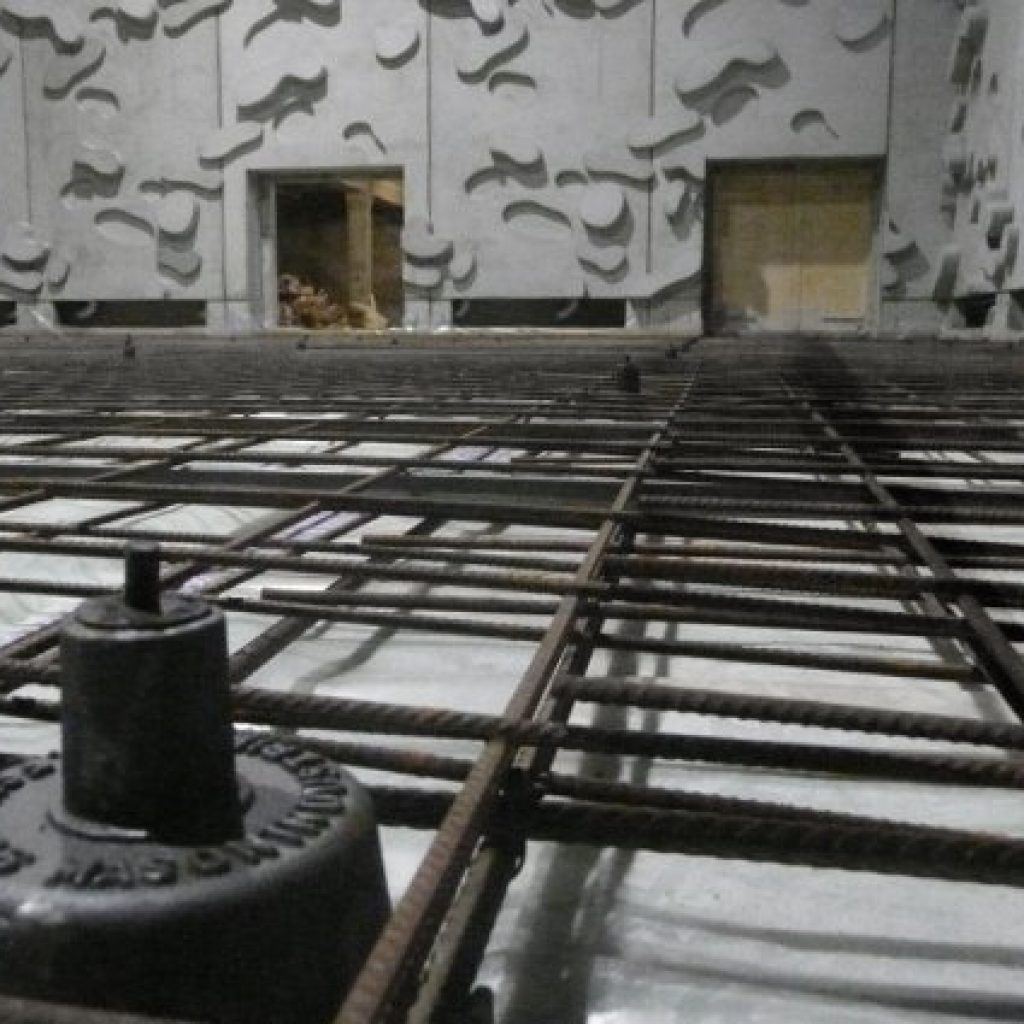Drop Testing On Site
Noise is a major risk when planning a new gymnasium, especially when placed directly above or below noise-sensitive spaces such as accommodation or offices. Activities such as free-weights and treadmills can introduce a significant amount of energy to the structure of a building, the vibration from which re-radiates as noise, frequently causing complaint.
Common treatments are foam/rubber matting, but these struggle to control the low frequency ‘thuds’ without becoming too soft and unstable under foot. A higher performing and often lower cost solution is a floating floor, which introduces an air gap and spring isolators capable of absorbing problematic low frequencies. Mason floating floors have solved noise issues for hundreds of gyms over our long history.
The performance of an acoustic floating floor cannot be easily predicted. This is because noise resulting from impact is heavily affected by the nature of the structure, so results vary from building to building. It is highly recommended to carry out onsite testing to reduce uncertainty. Testing is part of industry guidance such as the Association of Noise Control (ANC) Gym Acoustics Guidance.
The ANC guidance sets out the importance of onsite testing wherever possible as it is the only reliable method of verifying and predicting how acoustic treatments will perform.
Whenever an onsite test is carried out, we carry different types of springs, to evaluate how different stiffnesses react with the building structure. We also carry different types of covering layers so can test multiple configurations. We are in a great position to test different weight drops, from different heights with different floor configurations to ascertain the optimum overall floating floor build up. Noise meters are sited in the areas of concern, above, below, or adjacent to the proposed gym location. The drop tests are then completed, and the noise levels measured in the sensitive areas are recorded and compared, providing results for each flooring configuration.
The following pictures and videos show the process we follow at Mason UK. The weight of the test base and springs are scaled so that it simulates the response of the springs for the proposed floating floor system.
Carrying out onsite testing is part of the service we provide at Mason UK. It gives assurance of the benefits for everyone involved in the project, from the Acoustic Consultant to the gym operator client and landlord, of installing a sprung floating floor to minimise any potential acoustic disturbance to other building users.







